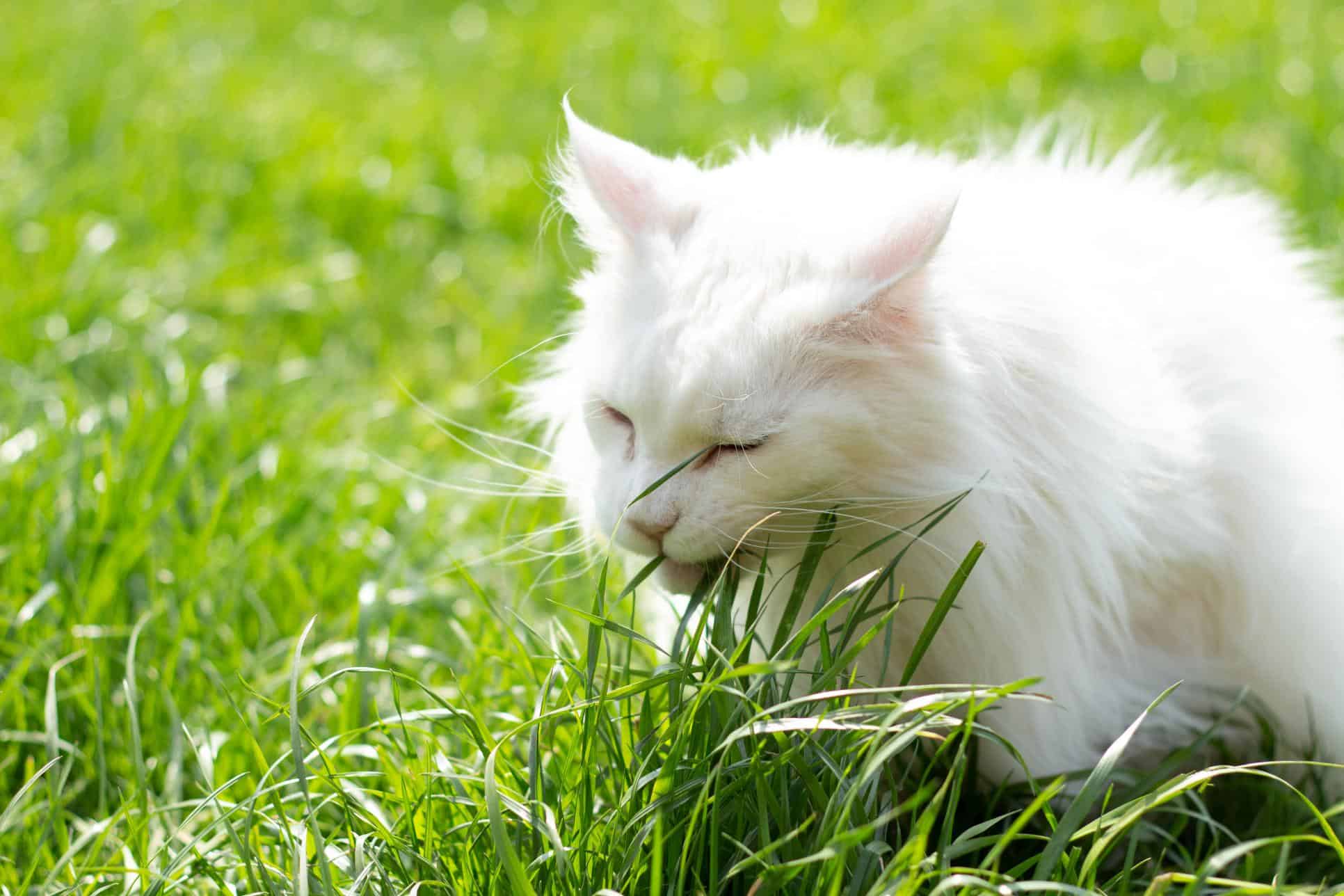Why Your Cat’s Hairballs Might Be Worse in August

Cats may be experts at keeping themselves clean, but all that grooming can come with a furry downside—especially in late summer. If you’ve noticed more hairballs showing up around the house lately, August could be to blame.
At Beverly Hills Veterinary Associates, we understand how seasonal changes can affect your cat’s grooming habits and overall health. Increased shedding and warmer weather can make hairballs more common this time of year. Here’s why it happens—and how to help your feline feel more comfortable through the end of summer.
Seasonal Shedding Peaks in Late Summer
While spring typically kicks off the major shedding of a cat’s winter coat, many cats continue to shed heavily well into August. Indoor cats are especially prone to prolonged shedding because their biological clocks are affected by artificial lighting and climate control.
That extra shedding means more loose hair for your cat to ingest during grooming. Since a cat’s tongue is covered in tiny barbs that face backward, any hair it picks up is swallowed rather than spit out. If too much accumulates in the stomach, a hairball can form, and eventually be regurgitated.
Summer Cat Grooming Matters
Summer cat grooming can make a big difference in reducing the amount of fur your cat swallows. Even short-haired cats can benefit from a consistent grooming routine during the warmer months.
Here are a few ways regular brushing helps:
- Reduces loose hair: Daily brushing helps capture shed fur before your cat does. It’s one of the most effective ways to reduce hairball formation.
- Prevents matting: Long-haired cats, particularly, are prone to matting in hot weather. Mats can encourage overgrooming and skin irritation.
- Supports overall health: Grooming is also a chance to check for fleas, bumps, or irritated skin that might cause your cat to groom excessively.
Keeping up with brushing a few minutes a day can make a big difference—not only for your cat’s comfort but also for your furniture and floors.
When Hairballs Are a Red Flag
Occasional hairballs are normal, but if your cat has frequent or difficult episodes, it may be time to look closer. Hairballs can sometimes indicate an underlying issue, such as digestive trouble, stress, or excessive grooming due to allergies.
Watch for signs like:
- Increased frequency of hairballs
- Gagging or retching without producing a hairball
- Loss of appetite
- Lethargy or changes in behavior
- Constipation or diarrhea
In rare cases, hairballs can lead to intestinal blockages—a serious condition requiring immediate veterinary care.
Diet & Digestive Support Options
In addition to grooming, your veterinarian may recommend dietary changes or supplements to help reduce hairballs in cats. Some options include:
- High-fiber diets: Specially formulated foods can help hair move more easily through the digestive tract.
- Hairball control treats or gels: These over-the-counter options can lubricate the digestive system and support regular elimination.
- Fatty acid supplements: Omega-3s can improve coat health and reduce excessive shedding, particularly in dry summer air.
Always consult your veterinarian before starting a new product, as not all options are suitable for every cat.
Help Your Cat Stay Comfortable This Summer
Hairballs might be part of life with cats, but they don’t have to be a constant nuisance. Our veterinarians and staff are here to help you keep your feline friend feeling their best with personalized recommendations for summer cat grooming, diet, and overall wellness.
Call us at (248) 646-5655 to schedule a visit and let us support your cat’s health from the inside out.
